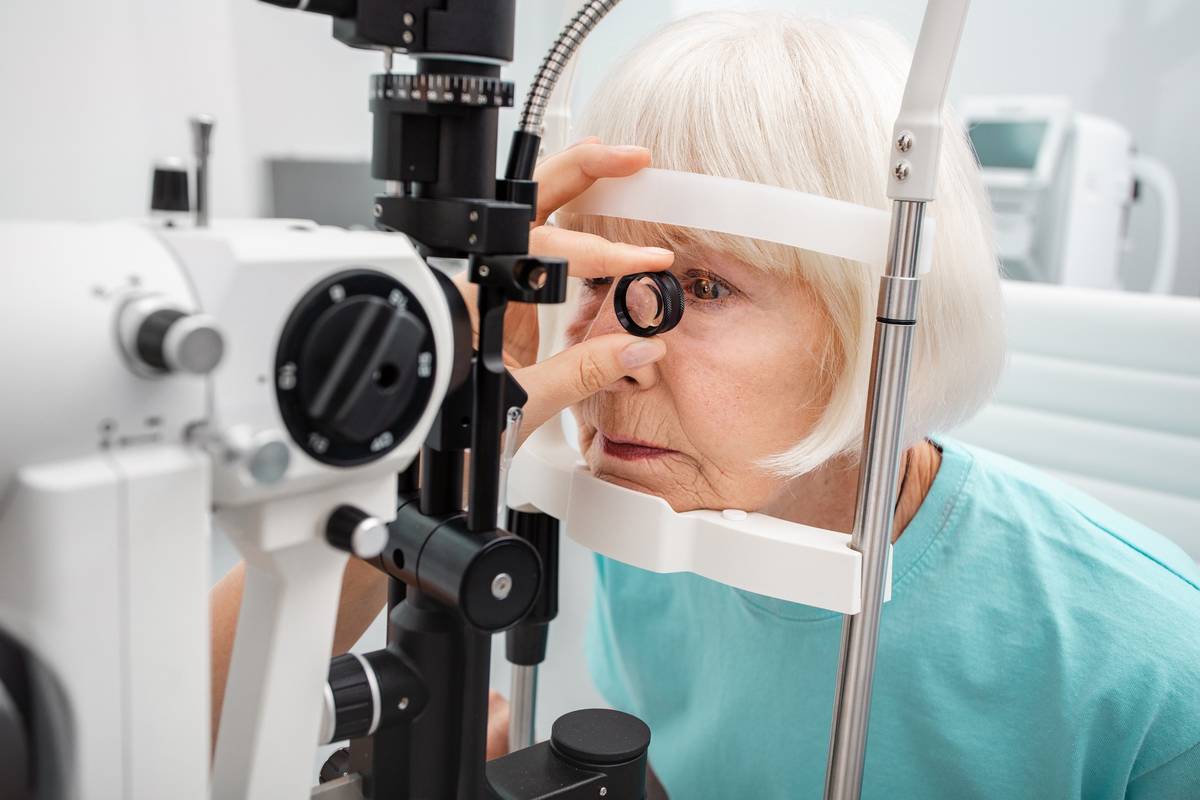Optogenetics: Using light to control cell activity
What is optogenetics? In cell biology, the functioning of proteins generally depends on a change in conformation that takes them from a non-active state to an active state. Optogenetics works by introducing into the cells a gene coding for a photosensitive protein, which is then activated by light stimulation. These proteins are generally opsins, of bacterial origin, whose ion channels change their conformation according to the stimulation.
Optogenetics makes it possible to precisely control the activity of a cell, both spatially (by localized stimulation of a group of cells) and temporally (depending on the duration of the stimulation). It is therefore reversible! The range of functions that can be manipulated via optogenetics are broad because these photosensitive proteins are coupled to a protein of interest. The active site and the resulting mechanisms are then activated by the photosensitive protein.
First applications in ophthalmology
Since its discovery, a decade ago, by Karl Deisseroth at Stanford University, optogenetics has revolutionized neuroscientific research by uncovering and modifying neural communication pathways. Although developments are under way in the field of epilepsy, Parkinson’s disease, and the treatment of chronic pain, it is the eyes that that are benefitting the most from optogenetics. Most clinical studies using optogenetics focus on restoring the functions of retinal photoreceptors, and therefore visual perception, in blind people with degenerative retinopathies. These therapies consist of injecting viral vectors directly into the retina genes encoding, for example, channelrhodopsin or halorhodopsin. Thanks to their photosensitive properties, these proteins then convert non-functional retinal neurons into artificial photoreceptors. Several companies (Gensight Biologics, Allergan, Bionis Sight, …) are focused on these applications (retinitis pigmentosa, AMD, etc.) and candidates are currently in phase 2 clinical development. It is likely that within the next 10 years, optogenetics could become part of an established therapeutic arsenal.
Cancer, neurology, drug screening: a vast potential for medical application
Neurodegenerative diseases, retinopathies, but there is more! Research on optogenetics is emerging and remains at a fundamental stage: the possible pool of discoveries is infinite. Initial studies are focusing on the modification of taste and thirst or the creation of false memories.
In the healthcare field, exploration is booming. One of the uses of optogenetics lies in the screening of molecules. By using photosensitive ion channels, optogenetics makes it possible to screen future candidates at high speed and at a reduced cost. For example, the company Q-State Biosciences has identified potential treatments in the field of paraplegia.
In neurology, developments are less advanced than in ophthalmology. That said, Circuit Therapeutics is interested in the use of photosensitive proteins to locally treat chronic peripheral pain and to perform deep brain stimulation in situ.
Finally, and most surprisingly, optogenetics is also finding a place in the field of immunotherapy. Initial work conducted by the University of Rochester suggests the possibility of treating hematological cancer tumors using “super immune cells” that are activated and then killed by light using the “suicide gene” method. This deactivation makes it possible to avoid overly strong autoimmune responses. These developments are still emerging but suggests new ways to strengthen the immune system to fight certain cancers, while reducing the risk of side effects.
Optogenetics is expected to develop rapidly as a subject of fundamental and applied research. It is an approach that is simple to implement, flexible and specific in its applications. Several barriers must be overcome for it to deliver results, particularly in terms of safety, both of the protein (often of non-human origin) and of the wavelength to be used to activate it. But research is progressing rapidly: between 2010 and 2020, the number of publications on the subject has risen from less than 100 to more than 1,300 per year. With such a research effort, optogenetics is an approach to be followed that will lead to the development of local and effective gene therapies.
Interested in this subject? Discover our achievements in foresight exercise consulting in Healthcare.
About the authors
Léa, Senior Consultant in Alcimed’s Life Sciences team in France
Benjamin, Project Manager in Alcimed’s Life Sciences team in France



